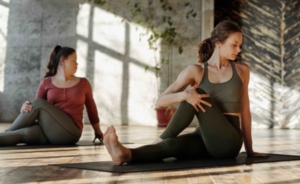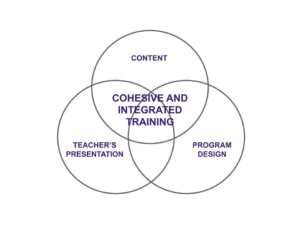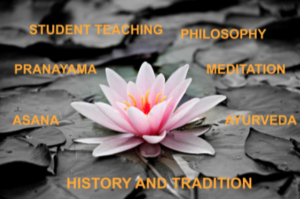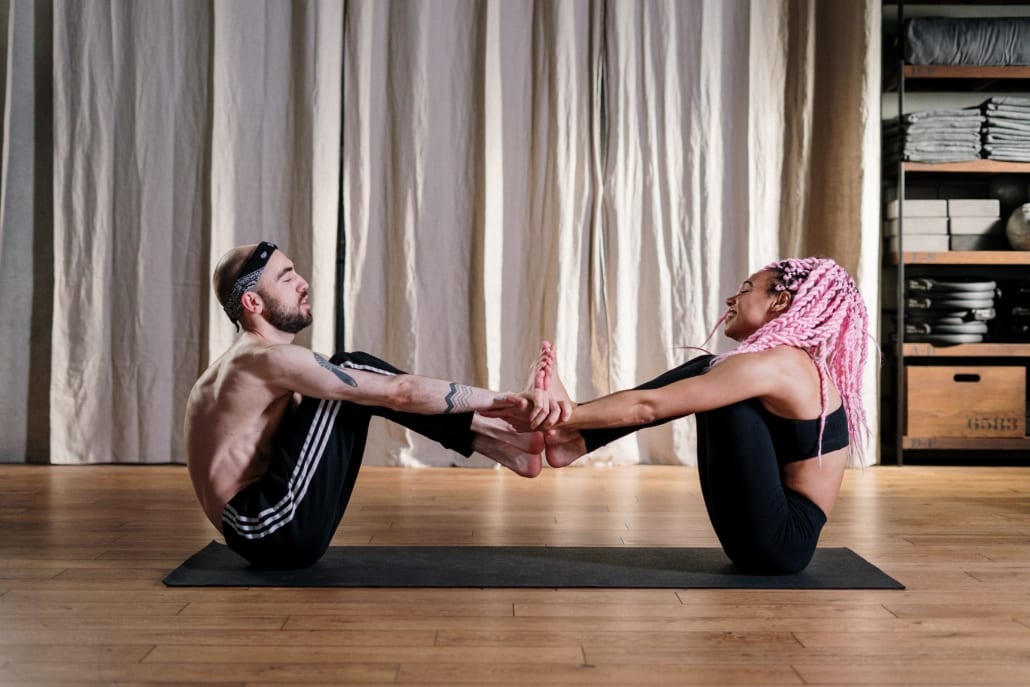If you got this far on the site you are probable already sold on yoga. Maybe you want to take that next quantum step in your practice, maybe even teach, and finally do a YTT. As you consider your options I’ll share two reasons to do a yoga teacher training.
Reason #1: Find and Live Your Dharma.
Living a dharmic life is a far greater measurement of one’s success at yoga than how long one can hold warrior III. The word dharma means ‘greater law or order’, it is what gives a particular thing its unique qualities. The dharma of a pumpkin seed is to become a pumpkin, and the dharma of a swallow is to build nests from mud and migrate thousands of miles each year without getting lost.
Because of our capacity for higher reasoning and reflection, human dharma is more dynamic and complicated. Every thought, word, and action can express one’s highest dharma, or not.
Every thought, word, and action can express one’s highest dharma.
Overstimulation, harboring resentment, fantasizing or neglecting one’s responsibilities undermine the ability to live in alignment with higher dharmic virtues.
Yoga helps us to discover and live into our unique dharma. Yoga allows us to get still and quiet enough to hear the voice of our conscience and make peace with shortcomings. Following the path of dharma gradually leads one down the path of greater fulfillment and meaningful contribution – something everyone wants at their core.
Reason #2: Learn to Teach. At some point yoga becomes a lifestyle. It shapes how you eat, who you hang out with, how you think and even how you breath. Teaching can be a natural extension of your values and your personal relationship to yoga. It feels good to live congruently.
I consider it to be a blessing for both you and the students.
Many people are searching for some way out of their current working life and feel the need to make a greater contribution. Yoga could potentially be that outlet. I suggest easing your way into the transition to becoming a full time yoga teacher. What ever path you choose, there are at least two reasons to do a yoga teacher training.



 Many trainings have five or more teachers, all with a range of expertise and from different backgrounds. The content of the program may be diffused and the methodologies inconsistent. Students will still get benefit but they will unknowingly miss out on the power of a more concentrated thread of teachings. How many instructors ought to be in a
Many trainings have five or more teachers, all with a range of expertise and from different backgrounds. The content of the program may be diffused and the methodologies inconsistent. Students will still get benefit but they will unknowingly miss out on the power of a more concentrated thread of teachings. How many instructors ought to be in a 




